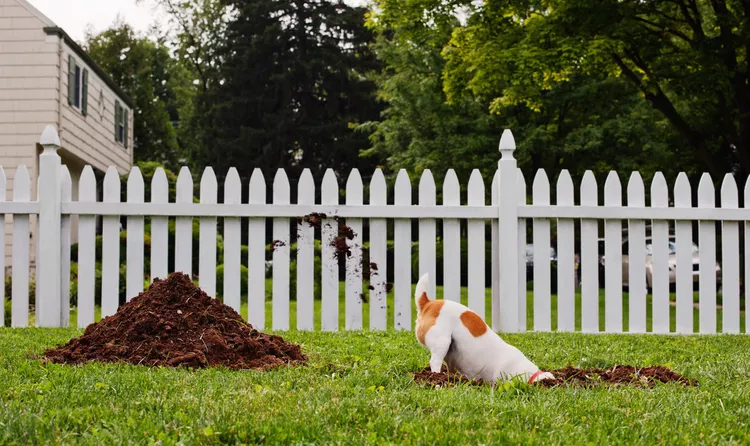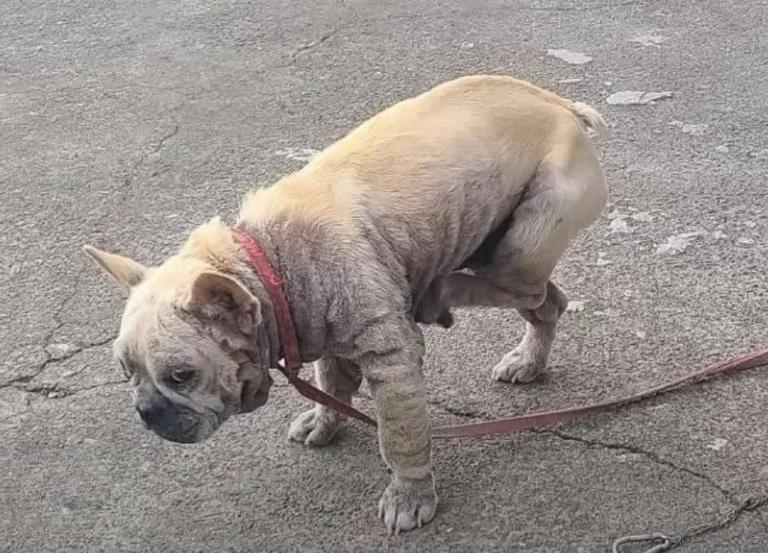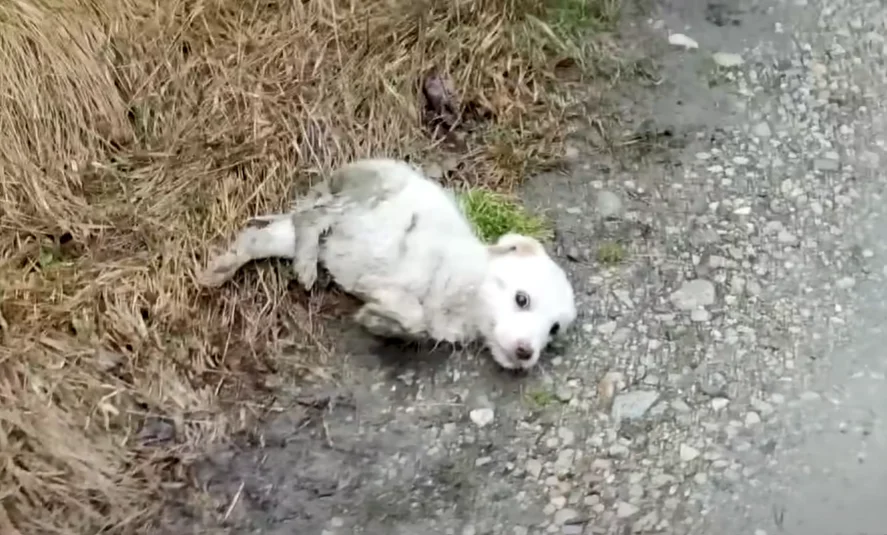Understanding and Addressing Your Pet’s Behavior Issues
Dog behavior problems are often misunderstood or poorly managed by pet owners. Whether you are new to dog ownership, contemplating getting a dog, or dealing with a specific behavior issue, it’s important to address these challenges effectively.
Understanding common dog behavior problems is essential for finding effective solutions and preventing future issues. Building a strong foundation of training and consistent management can help you address many of these challenges more effectively.

1. Barking
Most dogs vocalize in various ways, including barking, howling, and whining. While some level of vocalization is normal, excessive barking can become a behavior problem.
To effectively address excessive barking, it’s important to first understand the reasons behind your dog’s vocalizations. Common causes of barking include:
– Warning or alerting to something
– Playfulness and excitement
– Seeking attention
– Anxiety or fear
– Boredom
– Reacting to other dogs
To manage excessive barking, start by teaching your dog commands such as “bark” and “quiet,” and be consistent in your training approach. It’s also crucial to address the underlying causes of the barking, whether they are related to anxiety, boredom, or environmental triggers. Patience and attention to your dog’s specific needs will help in effectively reducing excessive barking. 
2. Chewing
Chewing is a natural and essential behavior for dogs, helping them explore their environment, clean their teeth, and manage stress. However, excessive chewing can become problematic if it leads to damage or destruction. Common reasons for chewing include:
– Puppy teething
– Boredom or excess energy
– Anxiety or stress
– Curiosity, especially in puppies
To manage excessive chewing, provide a variety of appropriate chew toys and ensure that personal items are kept out of your dog’s reach. When you’re not home, consider confining your dog to a space where they can’t access items you don’t want them to chew.
If you catch your dog chewing something inappropriate, redirect their attention to a chew toy. Additionally, ensuring your dog receives adequate exercise and mental stimulation can help reduce unwanted chewing behaviors by addressing underlying boredom or excess energy.

3. Digging
Digging is a natural behavior for most dogs, driven by instinct. Some breeds, such as terriers, are more inclined to dig due to their historical roles in hunting and burrowing. Common reasons dogs dig include:
– Boredom or excess energy
– Anxiety or fear
– Instinctual hunting behavior
– Seeking comfort, such as creating a nest or cooling off
– Hiding possessions like bones or toys
– Trying to escape or access restricted areas
If your dog is digging up your yard, it’s important to identify the cause of the behavior and address it directly. Increasing your dog’s exercise, spending more quality time together, and providing additional training can help reduce unwanted digging. If digging is persistent, consider setting up a designated digging area, such as a sandbox, where your dog is encouraged to dig. Training your dog to use this area for digging can help manage the behavior more effectively.
4. Separation Anxiety

Separation anxiety is a commonly discussed issue in dog behavior, characterized by various symptoms that appear when a dog is separated from its owner. These symptoms can include vocalization, chewing, inappropriate urination and defecation, and other forms of destruction. However, not all destructive behaviors are due to separation anxiety.
Signs that may indicate true separation anxiety include:
– The dog shows noticeable distress when the owner prepares to leave.
– Misbehavior typically occurs within 15 to 45 minutes after the owner departs.
– The dog exhibits a strong desire to follow the owner around constantly.
– The dog seeks to be in close physical contact with the owner whenever possible.
Addressing separation anxiety often requires a combination of dedicated training, behavior modification, and desensitization exercises. In severe cases, a veterinarian might recommend medication as part of a comprehensive treatment plan.
5. Inappropriate Elimination

Inappropriate urination and defecation can be among the most challenging dog behaviors to manage. These issues can damage your home and cause difficulties in public settings or at others’ homes. It’s crucial to first consult your veterinarian to rule out any underlying health problems. If no medical issues are found, consider these common reasons for inappropriate elimination:
– Submissive or excited urination
– Territorial marking
– Anxiety
– Inadequate housetraining
For puppies, some level of inappropriate elimination is normal, especially before they are fully housetrained, typically by 12 weeks of age. However, older dogs with established habits may need significant behavior modification to correct these issues. With consistent training, many adult dogs can learn to use indicators, like a “doggy doorbell,” to signal when they need to go outside for a bathroom break.
6. Begging
Begging is a common issue, often unintentionally encouraged by dog owners. This behavior can lead to digestive problems and obesity. Dogs beg primarily because they are motivated by food, but giving them table scraps as a form of affection can create long-term problems. It’s important to remember that food should not be used as a substitute for attention or love.
To manage begging, establish a clear routine before meals. Direct your dog to a designated spot where they are less likely to watch you eat. If needed, confine them to another room during mealtime. After you and your family are done eating, you can reward your dog with a special treat for their good behavior. Consistency and patience are key in curbing begging habits.

7. Chasing
A dog’s instinct to chase moving objects is rooted in their predatory behavior. This drive can lead them to pursue animals, people, and even vehicles, which can result in dangerous situations. While it may not be possible to completely eliminate this instinct, you can take steps to minimize risks and prevent accidents:
– Always keep your dog confined or on a leash when not under direct supervision, especially outdoors.
– Train your dog to respond reliably to recall commands.
– Use a dog whistle or a noisemaker to capture your dog’s attention if needed.
– Be vigilant for potential triggers, such as passing cars, joggers, or wildlife.
Preventing dangerous chases involves consistent training and managing your dog’s environment. By focusing on building a strong bond and reliable recall, you can help ensure your dog remains safe and responsive, even when tempted to chase.
8. Jumping Up

Jumping up is a natural behavior for dogs, especially puppies who jump to reach and greet their mothers. As dogs grow, they may continue to jump when greeting people or when they are excited or seeking attention. While this behavior is common, it can be problematic and even dangerous if not managed properly.
There are various methods to address jumping, but not all are effective. Techniques like lifting a knee, grabbing the paws, or pushing the dog away may not work for every dog and can sometimes reinforce the behavior by giving it attention. Since jumping up is often motivated by a desire for attention, any form of acknowledgment can inadvertently reward the behavior.
The most effective approach is to ignore your dog when they jump. Avoid making eye contact, speaking, or touching them. Instead, calmly walk away if necessary. Once your dog settles down and remains still, provide a reward to reinforce calm behavior. With consistency, your dog will learn that remaining calm leads to positive attention.
9. Biting 
Dogs bite and nip for various reasons, many of which are instinctive. Puppies, for example, bite and nip as a way to explore their environment. Mother dogs typically teach their puppies bite inhibition by correcting overly aggressive biting. As puppies grow, it’s important for owners to continue this training to ensure that mouthing and biting do not become problematic behaviors.
In adult dogs, biting or snapping can occur for several reasons that are not necessarily related to aggression. Common motivations include:
- Fear: Dogs may bite when they feel threatened or scared.
- Defensiveness: A dog might bite to protect itself or its territory.
Protection of Property: Dogs may bite to guard their belongings or home. - Pain or Illness: A dog in pain or discomfort might bite as a defensive reaction.
- Predatory Instinct: Some dogs may nip or bite due to their instinctual prey drive.
Any dog might bite under certain conditions. To reduce the likelihood of biting, owners should focus on proper training, socialization, and responsible breeding practices. These efforts help ensure that dogs learn to manage their impulses and interact safely with people and other animals.
10. Aggression
Dog aggression can manifest in various ways, including growling, snarling, showing teeth, lunging, and biting. It’s important to recognize that any dog has the potential to exhibit aggressive behavior, regardless of breed or background. However, dogs with a history of violence or abuse, or those bred from aggressive lineage, may be more prone to displaying such behaviors.
Breed-specific bans or labels of “dangerous” are often based on perceptions rather than the actual likelihood of aggression. The dog’s environment, training, and socialization play a significant role in shaping behavior. While some breeds might have genetic predispositions, aggressive behavior is more closely related to a dog’s individual experiences and upbringing.
Aggression often stems from similar factors as biting or snapping, such as fear, pain, or territorial behavior. If your dog shows aggressive tendencies, consult a veterinarian first to rule out any underlying health issues. Following that, work with a qualified dog trainer or behaviorist to address the aggression. Implementing appropriate management and safety measures is crucial to protect others and address the root causes of aggressive behavior.




